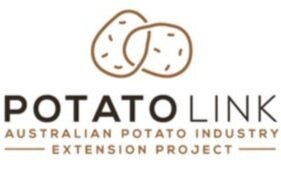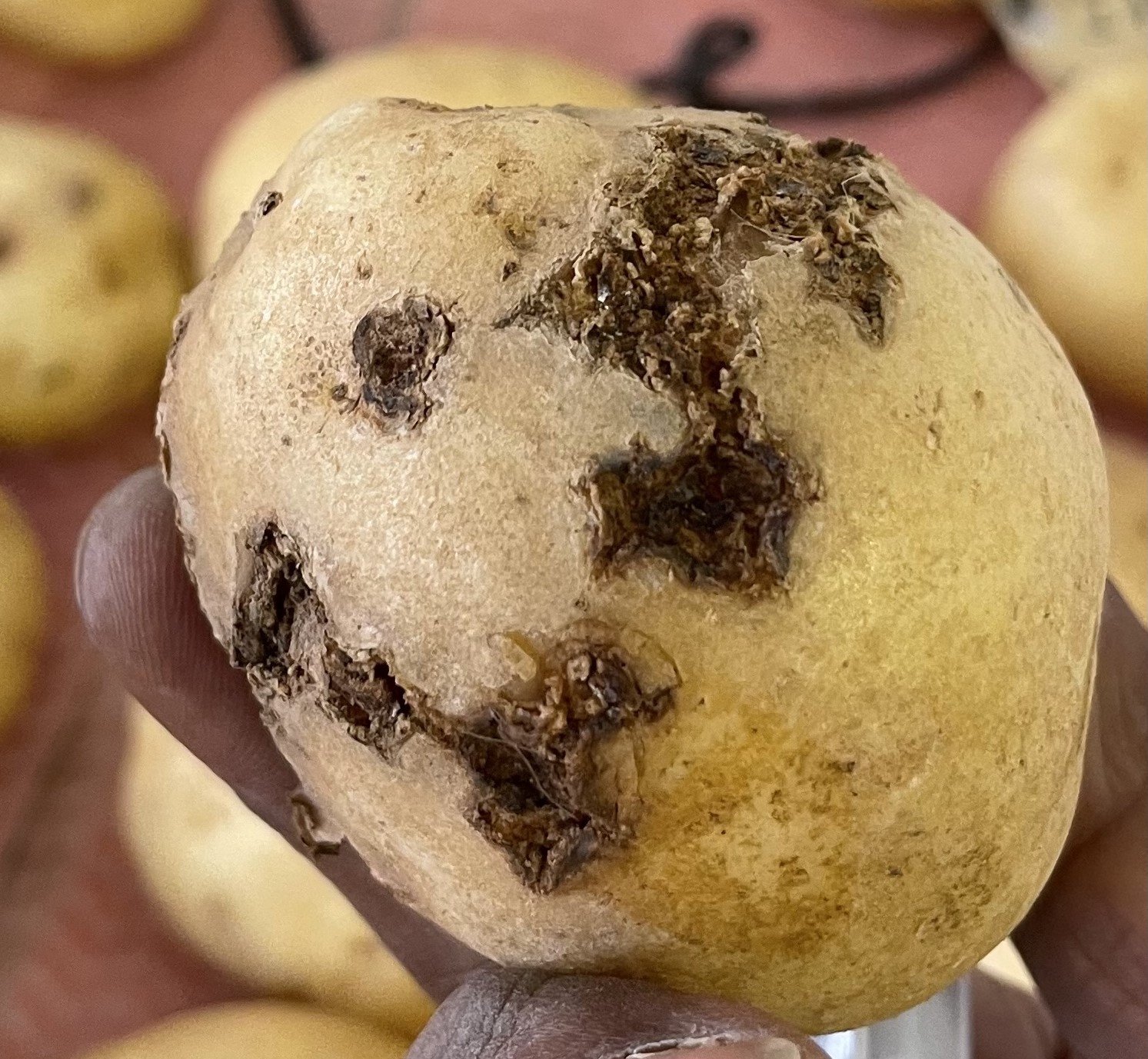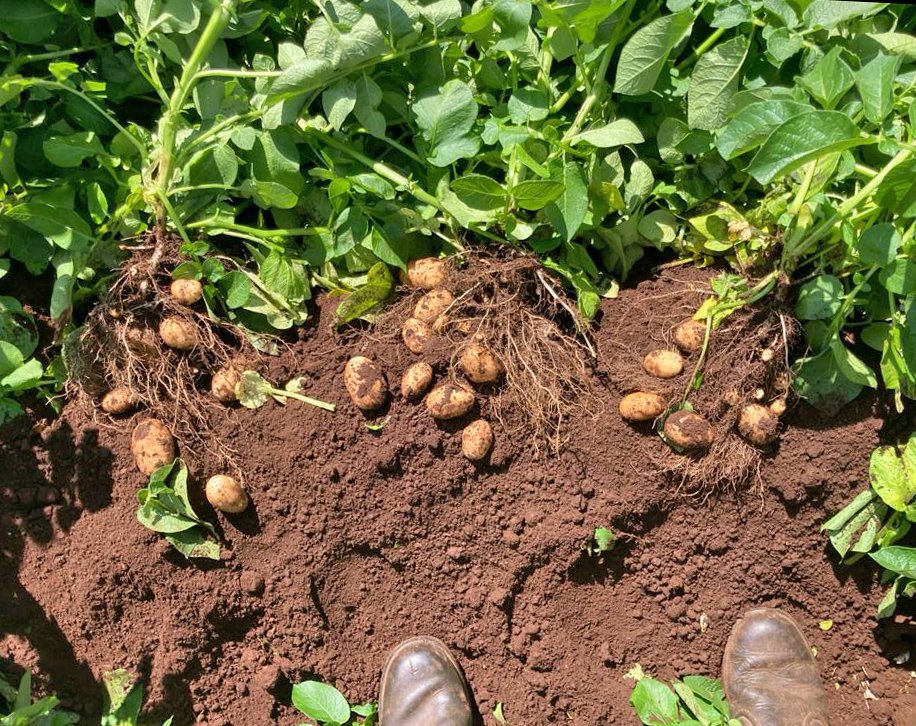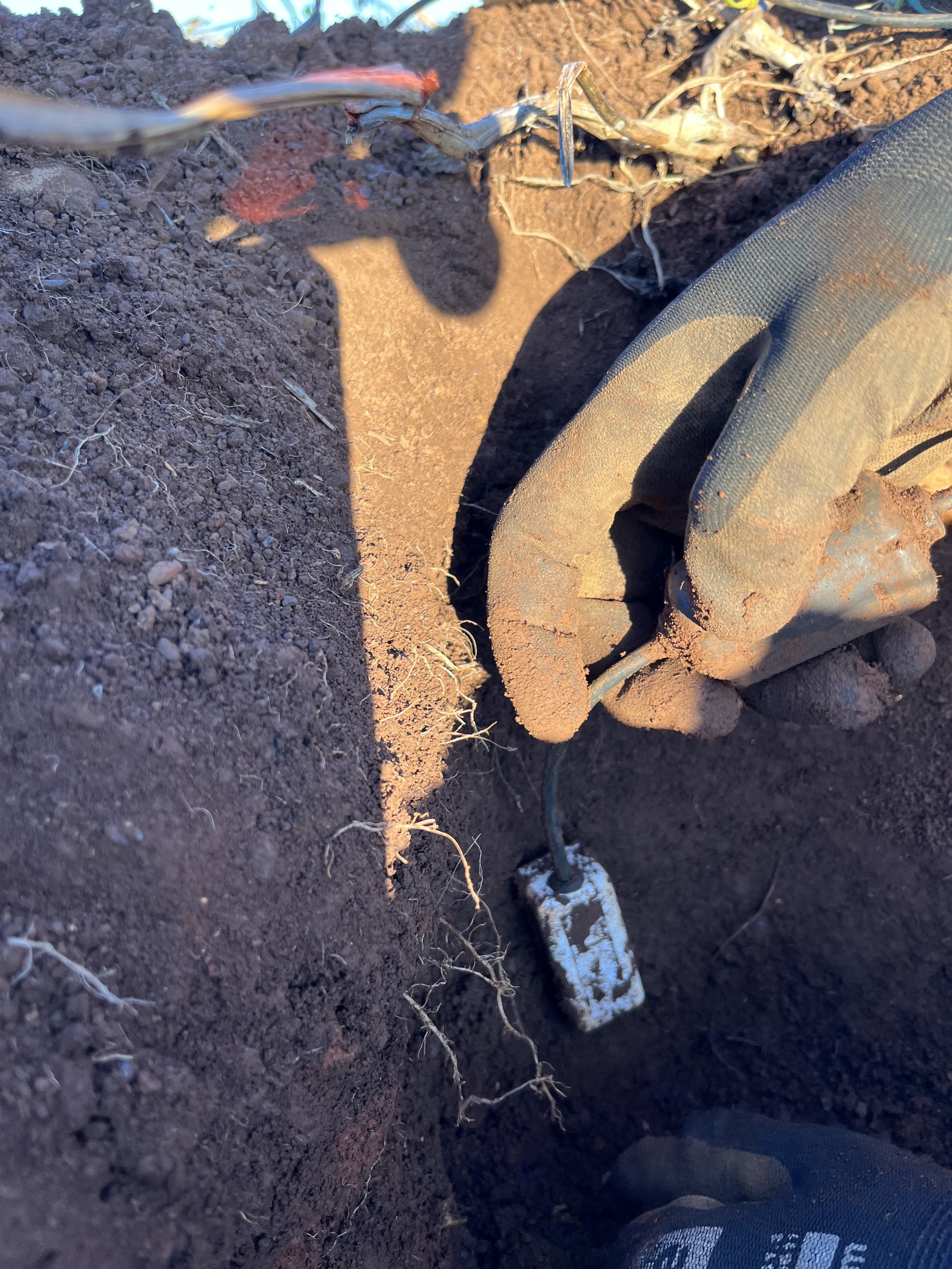Ag-tech: Speed and accuracy with seed sensing technology
New seed sensing tech helps pinpoint missed or doubled seeds in real time—boosting accuracy and yield while cutting waste. Read more to learn about developments in ag-tech in the potato industry.
Monitoring key soil-borne diseases of fresh potato in WA
A WA study used DNA-based tools to track powdery scab, black dot, and common scab. The findings highlight both the value and limits of soil testing in managing the impact of disease on tuber quality and yield. Read more in Issue 16 of PotatoLink magazine.
Ask the Spud GP: N and early blight
Can extra nitrogen protect potatoes from early blight? The Spud GP article from Issue 16 of PotatoLink magazine answers a grower’s question, sharing the latest research on when and how to apply nitrogen for the best disease resistance.
Biosecurity: People, vehicles and equipment
As biosecurity risks continue to grow, protecting your farm starts with the fundamentals. This article from Issue 16 of PotatoLink magazine explores practical steps growers can take to reduce the risk of pests and diseases entering via people, vehicles, and equipment to ensure a resilient and productive future for the Australian potato industry.
Energy use on farms
This Spotlight on Sustainability - Energy Use on Farms article in Issue 15 of PotatoLink Magazine explores costs on potato farms, highlights ways to measure it, and lists some practical solutions to optimise usage and reduce costs.
Improving Soil Health with Andrew Tempra
Andrew Tempra from Tempra Bros Pty Ltd, a grower from Manjimup, Western Australia, cultivates 35 hectares of potatoes annually, evenly split between fresh market supply and processing for French fries through WA Chip.
In Issue 15 of PotatoLink magazine, we caught up with Andrew to discuss his practices for improving soil health and potato quality on his farm.
Autonomous Technology for Weed Management
Autonomous technology will change the way we farm; and probably sooner rather than later. With efficiency and sustainability closely linked, the advantages of autonomous robots are hard to ignore. Read more in Issue 15 of PotatoLink Magazine.
101: Back to Basics: Strengthening Potato Biosecurity
By focusing on these biosecurity fundamental practices discussed in Issue 15 of PotatoLink magazine, you can minimise the risk of devastating outbreaks and ensure a sustainable future for potato production.
Nutrient Use Efficiencies at the Springbank Demonstration Site
The rising cost of inputs has growers searching for ways to enhance nutrient use efficiency and understand its impact on pack-out and yield. A previous trial at the PotatoLink demonstration site in Springbank (Victoria) explored how farm practices impact the effectiveness of biologicals, including fungicide application, soil nutrient availability, and fertiliser use. The positive results from that trial, including improvements in tuber size, quantity, and specific gravity, shaped the objectives for this new trial.
101: Managing irrigation
Growing crops in Australia is not for the faint-hearted, especially when it comes to managing water. The challenge lies in the fact that we often have either too little or too much water, and not always at the right time. Farmers cannot rely on gentle, frequent rain to replenish soil water levels; managing water for crops needs deliberate and considered intervention. Read the full article in Issue 13 of PotatoLink Magazine.
Towards reduced emissions on australian potato farms
As the global community grapples with the impacts of climate change, the horticultural sector faces mounting pressure to transition towards more sustainable practices, including reduced greenhouse gas emissions from agriculture production. In Australia, there is plenty of scope for potato farms to adopt various strategies to begin their journey to reduced emissions from production. Read the full article in Issue 13 of PotatoLink magazine.
The front line exotic pest profile: Colorado potato beetle
The exotic Colorado potato beetle (Leptinotarsa decemlineata) (CPB) is globally considered one of the most economically damaging pests to the potato industry. CPB is native to North America and widespread. It has hitchhiked its way to Europe and northern Asia, where it has since spread rapidly and established. Read the full article in Issue 13 of PotatoLink magazine.
Can you shock a seed?
Handling and storing seed correctly is essential to maximise returns on this valuable investment, and avoiding condensation during cooling is critical to minimise the risk of storage diseases. To achieve this, seed potatoes are usually cooled very slowly, dropping only 2oC weekly. In this PotatoLink trial, we tested the effects of three cooling rates. Read the full article in Issue 13 of PotatoLink magazine.
Helping potatoes help themselves: inducing plant defences
Just like us, plants have evolved sophisticated mechanisms to defend themselves against pests and pathogens. One of the most intriguing strategies is 'Induced Systemic Resistance' (ISR). Specific microbes or environmental triggers can activate the plant defences, improving its ability to ward off attack or cope with stress. And we can help that happen. Read the full article in Issue 13 of PotatoLink magazine.
Storage diseases
When the potatoes have been harvested, graded and put into storage a great weight has been lifted. The spuds aren’t going to be stuck in the ground due to late season rain. Grubs and bugs aren’t going to start affecting the tubers, and it looks like most of the disease issues have been avoided. They’re safe. Except there is another consideration, and that is storage diseases, discussed in this PotatoLink magazine article.
Harvest and storage
Harvest is where all the effort and expense that has gone into growing the crop finally comes to ‘tuberition’. It is where money can be made or lost, and where the grower finally, conclusively, finds out what has been happening under their feet. Read about how to get the most out of your harvest and how to correctly store potatoes in this PotatoLink magazine article.
Moisture monitoring – A PotatoLink demonstration
Beyond providing soil moisture data at a given time and soil depth, can soil moisture probes help in making future irrigation decisions? The potential of moisture probes to serve a dual role was the subject of a PotatoLink demonstration trial are discussed in this PotatoLink magazine article.
Mini guide – selected warm weather pests and diseases
During the Australian summer, potatoes are susceptible to various pests and diseases that can thrive in the warm and humid conditions. Get the mini guide in this PotatoLink Magazine article.
Controlling soilborne diseases and pest with biofumigants
The soil ecosystem directly impacts crop yield and quality. In recent years, there has been growing interest in sustainable farming practices that improve soil's biological, chemical and physical characteristics. Biofumigation is one of these sustainable practices discussed in this PotatoLink magazine article.




















